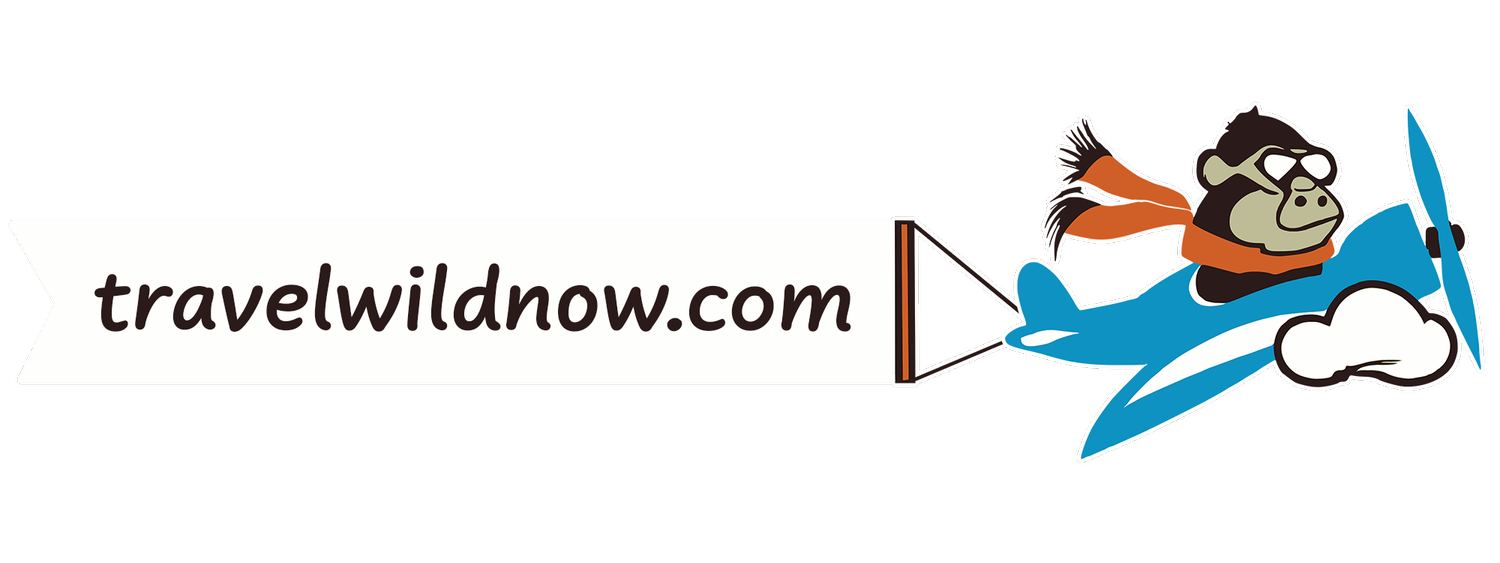KANGAROO ISLAND 5 days
Kangaroo Island is a land of unspoiled nature. It is a land of pristine beaches, abundant wildlife and stunning rugged coastlines. Recently it has become a thriving food and wine industry.
It lies in South Australia 112 km (70 mi) southwest of Adelaide. The island's economy has been principally agricultural, with a southern rock lobster fishery. The largest town is Kingscote.
The island best known nature reserve is Flinders Chase National Park at the western end. Visitors come to the Park to witness sea lions, koalas, penguin colonies and striking coastal rock formation.
DRIVING TIMES WITHIN KANGAROO ISLAND:
The island is 160 km (95 mi.) long and 55 km (33 mi.) wide.
Penneshaw (ferry terminal) to Kingscote - 1 hr.
Kingscote to Remarkables Rocks - 1.5 hr.
Vivonne Bay to Snelling Beach - 1 hr.
Remarkables Rocks to Cape Borda - 1.5 hrs.
Cape Borda to Kingscote - 1.5 hrs.
Visa required - online register
How to get there: < Ferry to Kangaroo island > <Rex Airlines> <Qantas Airlines>
There is no public transport on the island, you will either go on an organized tour or rent a car.
Getting to Kangaroo Island <Read more>
DAY 1
Arrive by plane at Kingscote airport or by ferry at Penneshaw port.
Flights are 20-minute duration orginating from Adelaide.
The ferry operates between Cape Jervis on the Fleurieu Peninsula and the port of Penneshaw on Kangaroo Island. Duration: 50-minute.
Kangaroo Island Transfers provides a passenger transport service at both the airport and at the ferry terminal.
Car rental is the best choice to get around.
Where to stay: Anywhere on island, but Kingscote is the main hub of island life. It’s a photogenic town with pubs, restaurants and all activity planning and supply necessities.
DAYS 2-4
Highlights:
Flinders Chase National Park - the park’s coastal scenery includes Admirals Arch, a beautiful natural rock arch shaped by the Southern Ocean and the sculptured granite boulders known as Remarkable Rocks.
Other park attractions include gorgeous beaches, vast wilderness areas, cultural heritage sites – including two lighthouses and wildlife - kangaroos, wallabies, possums, koalas and others.
Remarkable Rocks - early morning and early evening are the most ideal times to visit the Remarkable Rocks, not only to avoid large crowds, but also to enjoy the stunning sunrises and sunsets around these impressive sculptures. <location>
Admirals Arch - an impressive natural landmark. The boardwalk leading to the Admirals Arch is nearly as scenic as the landmark itself. <location>
Vivone Bay - one of Australia’s top beaches. Its long sandy beach is ideal for picnics, sunbathing, fishing and surfing, making it great for a large variety of visitors.
Little Sahara (Vivone Bay area) - rent a sandboard or toboggan and experience the thrills of sandboarding down the dramatic white sand dunes of Little Sahara.
Seal Bay - home to Seal Bay Conservation Park, where Australia's third largest sea lion colony resides.
Stokes Bay (North Coast) - created by a mixture of cliffs, deserted beaches, hills, valley and farmland.
Kangaroo Island Wildlife Park - a large range of Australian native animals.
Hand feed the Kangaroos and Wallabies, cuddle the Koalas, photo Little Penguins, watch the Echidnas play and laugh with the Kookaburras and get close up with the snakes . <location>Marine Life Cruises - cruise the coastline viewing dolphins, seals and eagles. Departs daily from Penneshaw.
Oyster Farm Shop - a visit to the Oyster Farm Shop is a “must” on Kangaroo Island. Go for lunch or gather up a feast of island produce to enjoy at your accommodation. <location>
KI Spirits - sample the award-winning gins, vodkas and liqueurs. <location>
Explore Kangaroo Island by electric bike. <video> Reserve at Kangaroo E-Bike.
DAY 5.
Depart to another Australian destination or return home.
Option to visit Adelaide:
Since most travelers visiting Kangaroo Island pass through Adelaide, you may want to make it a short stopover.
Adelaide is bursting with culture, flavors, events and entertainment. <Things to do>
Is the capital city of the state of South Australia and the 5th-most populous city of Australia.
Gateway to 18 distinctive world-renowned wine regions.
Average cost:
(EXCLUDING AIRFARE)
$$$ USD for two (2) people
Budget: $1,600
Moderate: $2,000
Luxury: $2,500 +
Climate Guide:
Dry periods in January and February.
The warmest months are January and February.
The coolest months are July and August.
June is the wettest month.
February is the driest month.
Sources: Wikipedia.org, graphicmaps.comNo copyright infringement is intended on this website by travelwildnow.com









